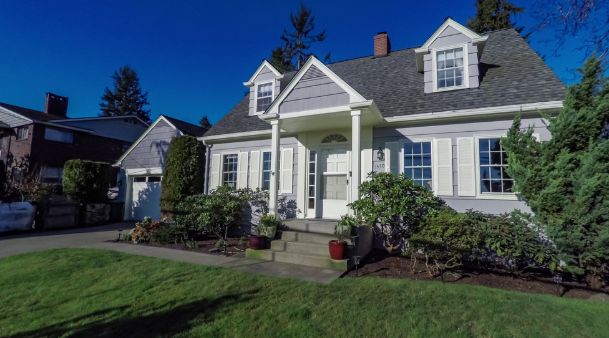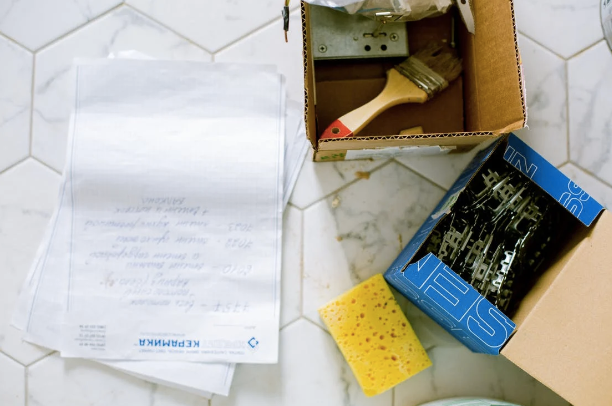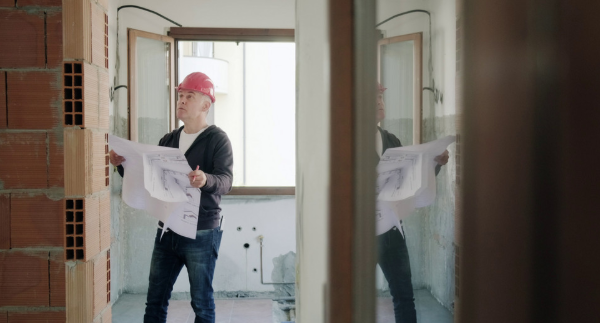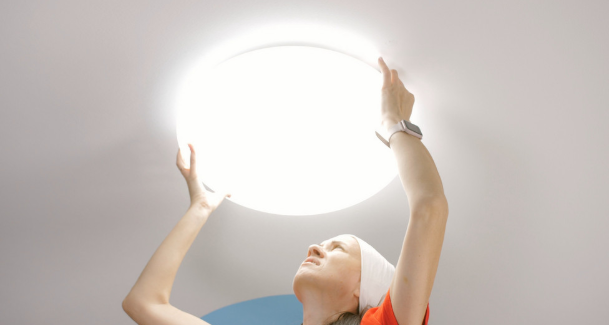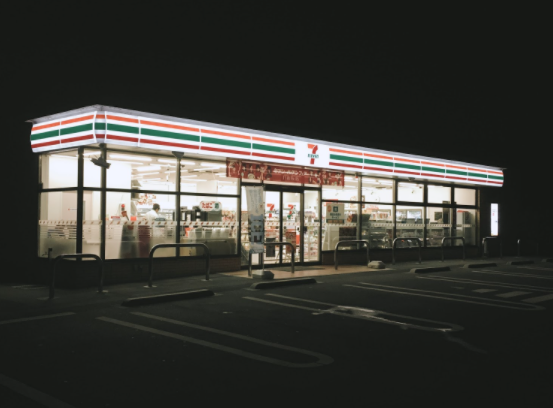As a homeowner, one of the most significant investments you may consider is replacing your roof. While initially costly, a new roof brings several advantages, including long-term financial benefits. Many might not realize that replacing an old or damaged roof can reduce energy costs, increase property value, and offer environmental benefits, directly impacting your savings over time.
The Lifespan of a Roof and Its Impact on Your Home
Roofs are often expected to withstand the test of time, typically lasting anywhere from 25 to 50 years, depending on the quality and type of materials used. This longevity, however, means that a quarter of American roofs are over two decades old, indicating a pressing need for upgrades in many homes. The durability of your roof not only plays a crucial role in your home’s protection but is also paramount in maintaining the overall value of your property.
Replacing an aging roof can prevent costly repairs and potential structural damage. Old roofs are prone to leaks, poor insulation, and may even pose safety hazards, all of which can lead to significant repair expenses. By investing in a new, high-quality roof, homeowners can preemptively avoid these issues, making it a financially wise decision.
Another factor to consider is that a well-maintained roof enhances curb appeal, making your home more attractive to potential buyers. This can lead to a higher resale value and faster sale time, further underscoring the economic advantage of timely roof replacement. Maintaining or increasing the value of your home is a strategic way to ensure your investment pays dividends in the long run.
Energy Efficiency: The Hidden Savings
One of the surprising benefits of roof replacement is the potential for energy savings. For instance, opting for a metal roof could reduce your annual energy bills by up to 40%. This is due to the reflective properties of metal roofs, which effectively reduce heat absorption, keeping your home cooler in the summer and warmer in the winter.
These energy efficiencies not only make your space more comfortable but also significantly cut down on heating and cooling expenses. Over time, the savings on utility bills can accumulate, offsetting the initial cost of installing a new roof. By choosing energy-efficient materials, homeowners are also contributing to environmental conservation, further supporting a sustainable lifestyle.
Moreover, the installation of proper insulation during the roof replacement process can enhance this benefit. Effective insulation plays a critical role in maintaining a consistent indoor climate, thereby doubling the impact of an energy-efficient roof. Enhancing the energy performance of your home is a strategic investment that can yield substantial long-term financial returns.
Environmental Considerations and Incentives
With growing environmental awareness, many homeowners are becoming more conscious of the ecological impact of their choices. Opting for sustainable roofing materials not only benefits the planet but also often comes with financial incentives. Many governments offer tax credits or rebates to homeowners who install eco-friendly roofing systems, reducing the overall cost of the renovation.
Green roofs, for instance, are an innovative option that contributes to a cleaner environment by reducing carbon emissions and providing natural insulation. Not only do they offer ecological benefits, but they also help in extending roof life and enhancing its durability. Investing in a roof that aligns with environmental considerations ultimately supports a healthier planet while benefiting your financial standing.
Furthermore, roofing materials that incorporate recycled content are gaining popularity due to their reduced environmental footprint. This shift towards sustainable materials reflects a growing trend in the home improvement industry. Homeowners who prioritize eco-friendly options can expect not only to help the environment but also to enjoy potential savings and broader market appeal.
While replacing a roof can seem like a daunting expense, the multitude of advantages—ranging from increased home value and energy savings to environmental benefits—demonstrate why it is a worthwhile endeavor. By investing in a high-quality roof replacement, homeowners can experience reduced repair costs, enhanced energy efficiency, and greater overall satisfaction with their living space. As you consider your options, remember that the long-term financial and environmental rewards far outweigh the initial costs, making it a strategic home investment.

